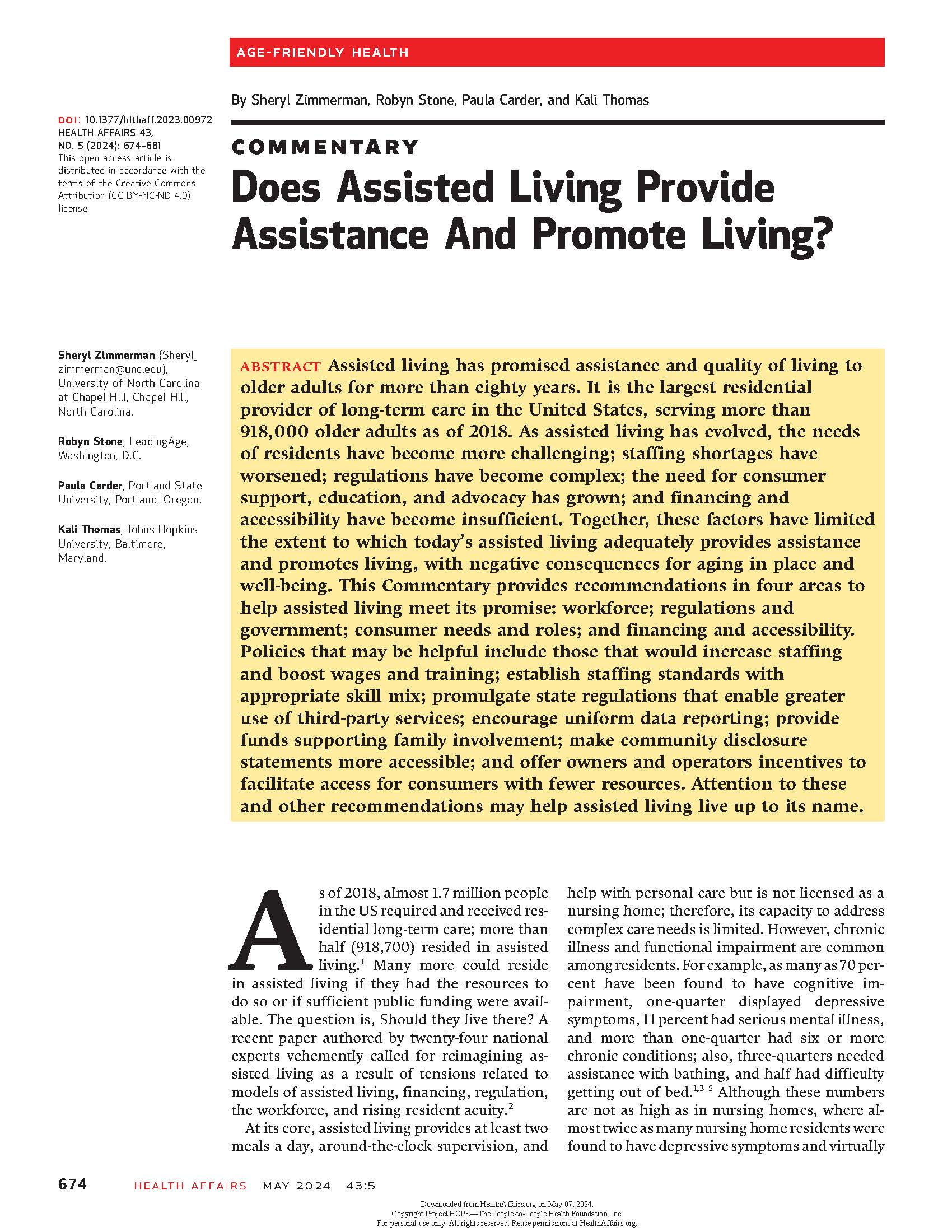Background
In the U.S., assisted living (AL) is increasingly a site of death, and anxiety about dying has been identified in long-term care residents and their caregivers. Communication about death and dying is associated with better quality of life and care at end of life (EOL).
Objective
To understand communication behaviors used by AL residents and their informal caregivers (i.e., family members or friends) related to death and dying, and address communication needs or opportunities applicable to EOL care in AL.
Design
A thematic analysis of in-depth interviews and fieldnotes from a subsample of data from a 5-year NIA-funded study.
Setting/Subjects
Participants included 15 resident-caregiver dyads from three diverse AL communities in Atlanta, Georgia in the U.S.
Measurements
Interview transcripts were coded for communication behavior. Concordances and discordances within dyads were examined.
Results
We identified a typology of four dyadic communication behaviors: Talking (i.e., both partners were talking with each other about death), Blocking (i.e., one partner wanted to talk about death but the other did not), Avoiding (i.e., each partner perceived that the other did not want to communicate about death), and Unable (i.e., dyads could not communicate about death because of interpersonal barriers).
Conclusions
Older residents in AL often want to talk about death but are blocked from doing so by an informal caregiver. Caregivers and AL residents may benefit from training in death communication. Recommendations for improving advance care planning and promoting better EOL communication includes timing these conversations before the opportunity is lost.

Center for Excellence in Assisted Living CEAL@UNC
Advancing the well-being of the people who live and work in assisted living through research, practice, and policy.

